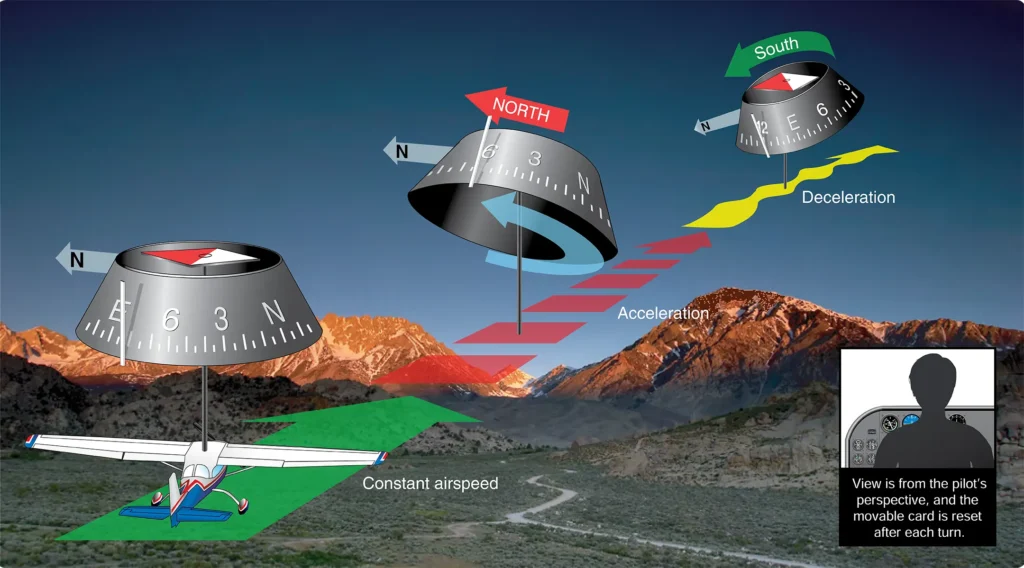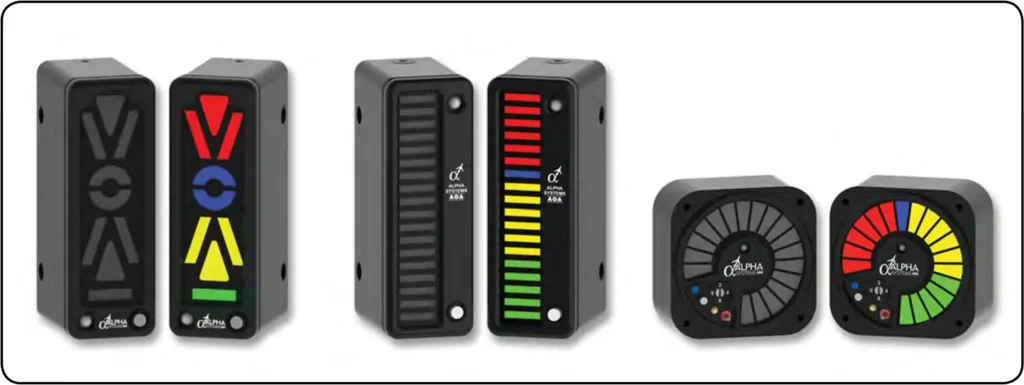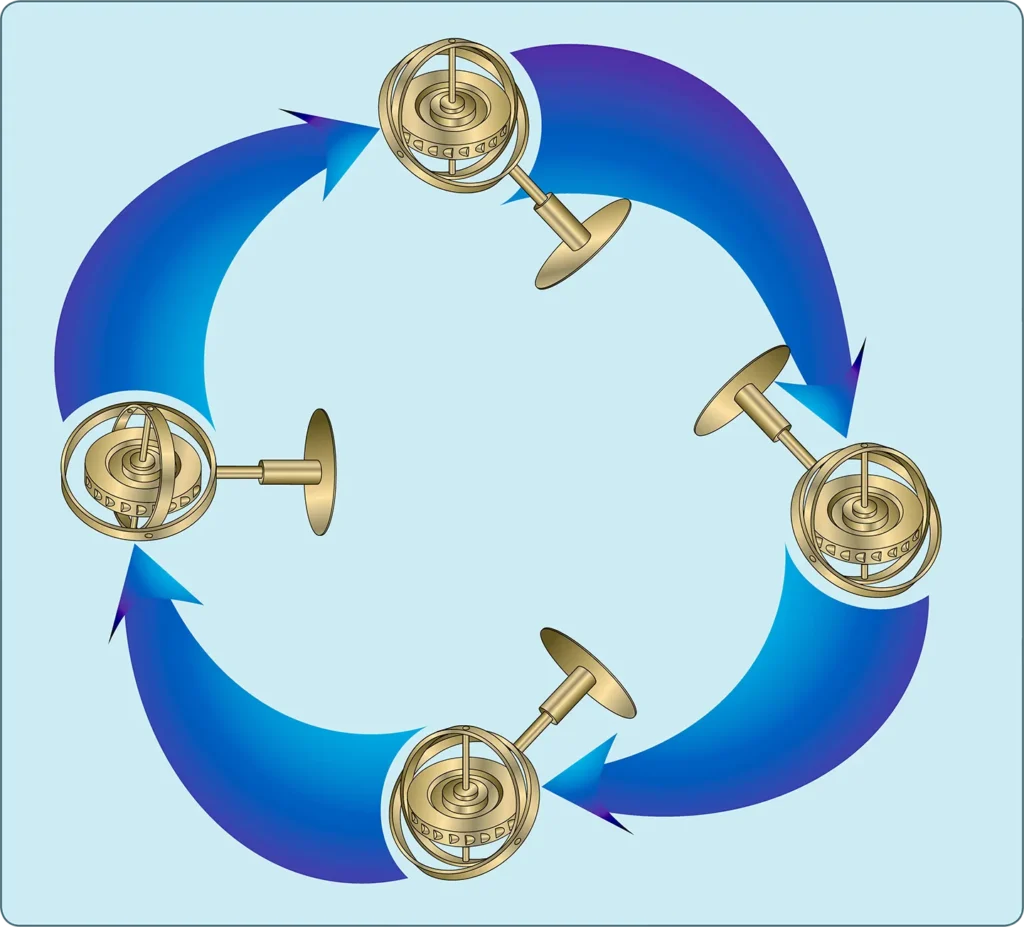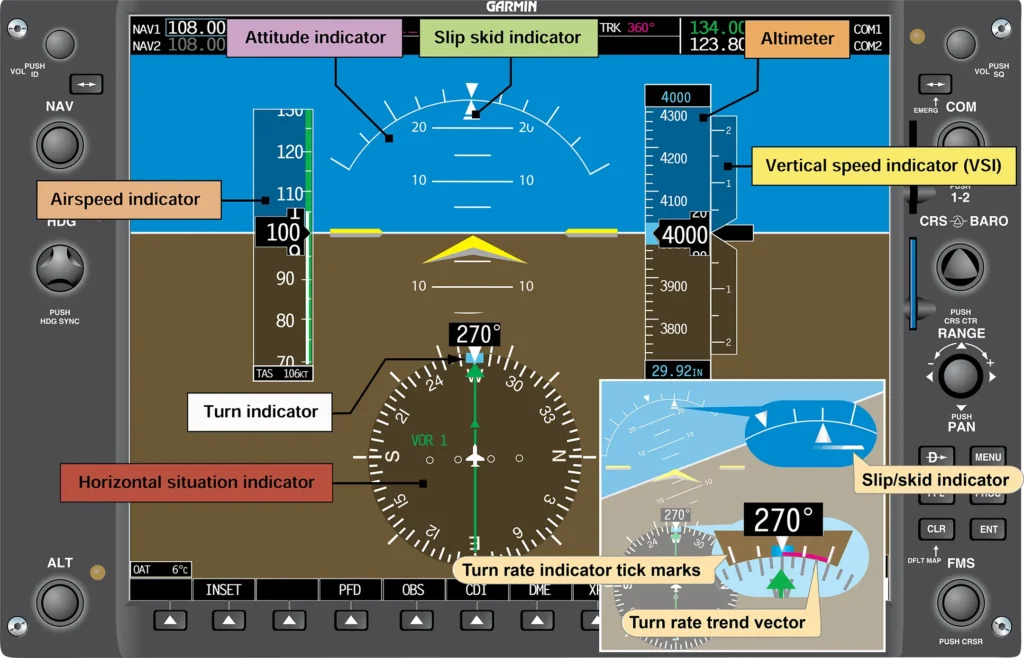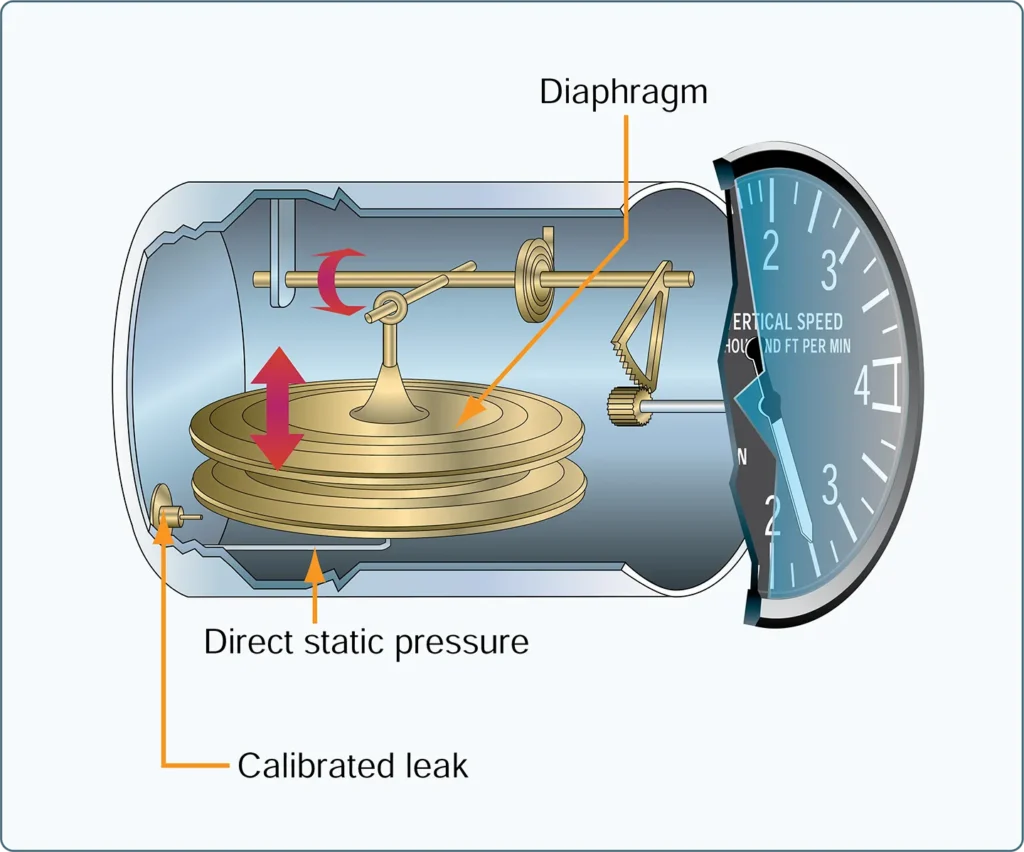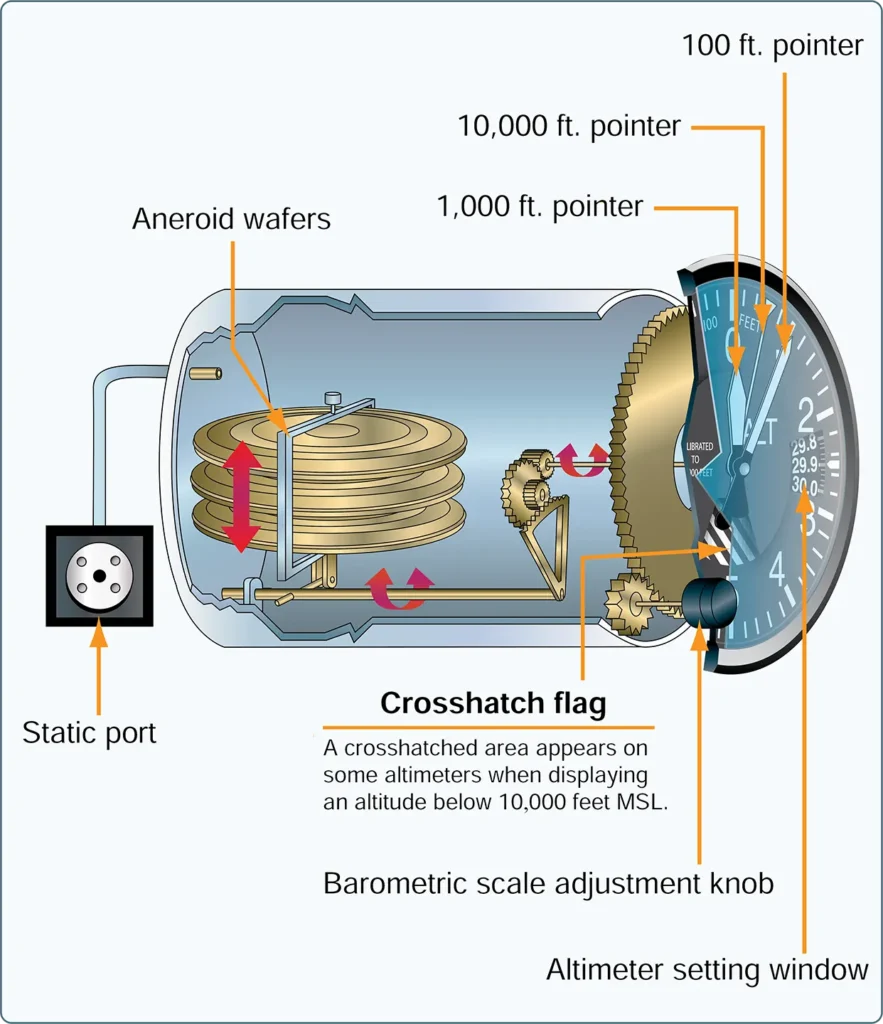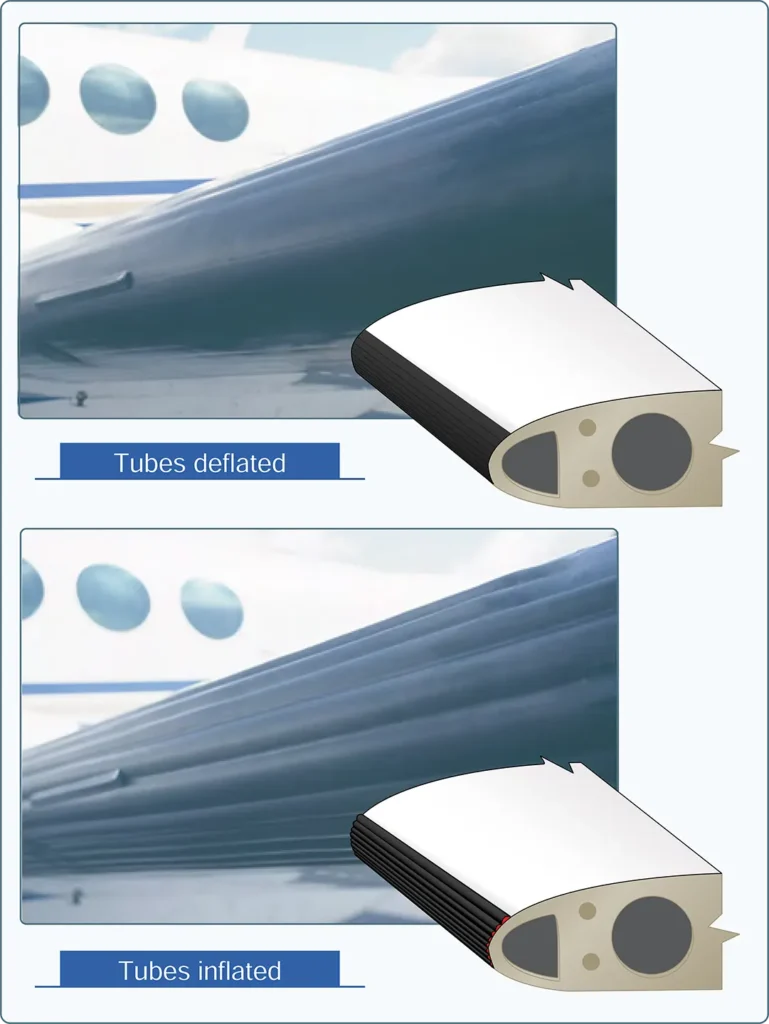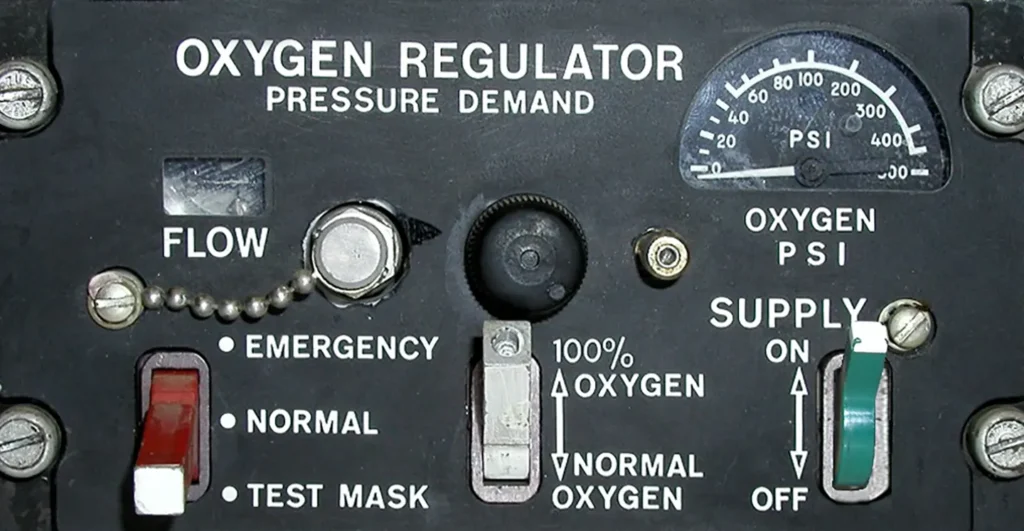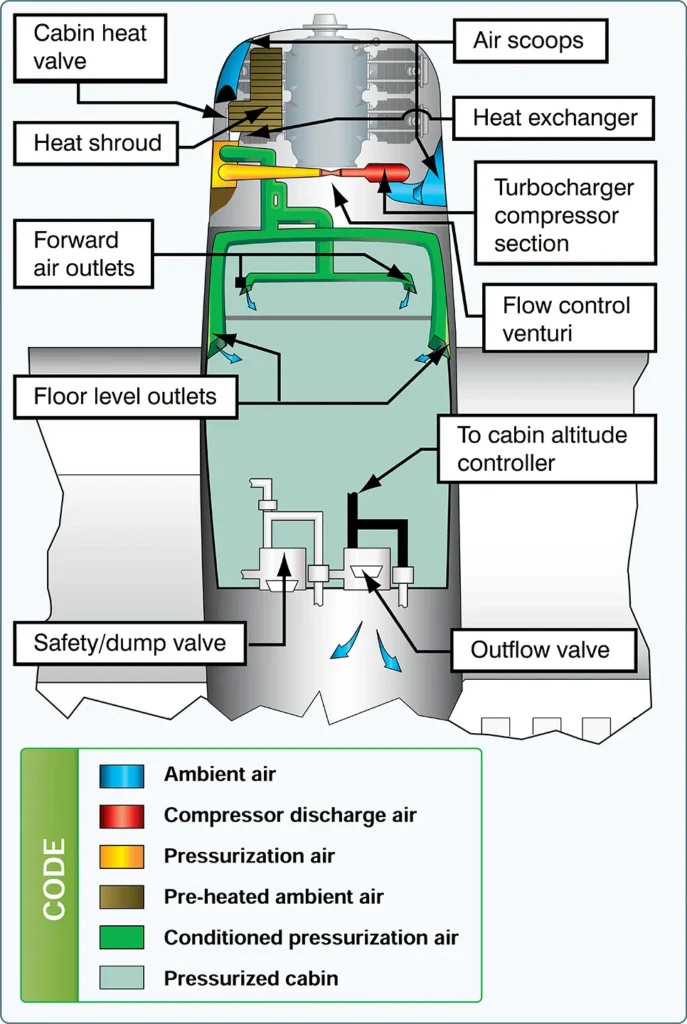Aircraft Compass Systems
Aeronautical Knowledge, Flying TrainingThe Earth is a huge magnet, spinning in space, surrounded by a magnetic field made up of invisible lines of flux. These lines leave the surface at the magnetic North Pole and reenter at the magnetic South Pole. Lines of magnetic flux have two important characteristics: any magnet that is free to rotate will align […]

